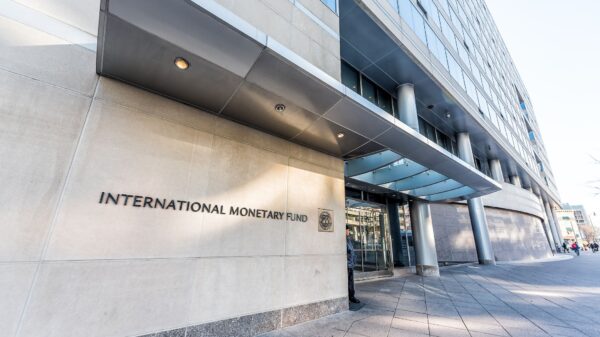In the US, so-called core inflation, which excludes food and energy prices, rose a below-forecast 0,2 percent in October from a month earlier. Euro-zone annual inflation slowed in November by the most since 2020, but still remained elevated at 10 percent.
Despite the cooling, there’s still evidence that inflation could prove more enduring. US employers added more jobs than forecast and wages surged by the most in nearly a year. And in the UK, employers are still confident they can pass on higher costs to consumers, while inflation expectations are stubbornly high. Here are some of the charts that appeared on Bloomberg this week on the latest developments in the global economy:
World
Global inflation is showing signs of having peaked, although a likely slow retreat from multi-decade highs means it will remain a bugbear for central banks into 2023.
Factories in Europe and Asia struggled in November due to weakening global demand, with the pressure unlikely to let up in the months ahead. Business surveys by S&P Global pointed to shrinking activity and a dire outlook in wide parts of both regions.
Ghana’s central bank increased its benchmark interest rate to the highest level in more than 19 years to cool persistent inflation. Thailand and Guatemala also hiked, while central banks in the Dominican Republic, Mozambique and Botswana held steady.
US
US employers added more jobs than forecast and wages surged by the most in nearly a year, pointing to enduring inflationary pressures that boost chances of higher interest rates from the Federal Reserve.
A key gauge of consumer prices posted the second-smallest increase this year while spending accelerated, offering hope that the Fed’s interest-rate hikes are cooling inflation without sparking a recession.
In other news,
Western countries set a price ceiling for Russian oil
While the crisis in Ukraine continues, Western nations have been debating how to reduce Russia’s oil earnings without creating severe disruptions to energy markets in which Russia plays a significant role.
They believe they have found an innovative solution: starting today, the G-7 (a group of major democracies) and Australia will impose a price restriction on Russian oil of $60 per barrel…continue reading

For comments, Feedback and Opinions do get in touch with our editor on WhatsApp: +44 7949 297606.




















































